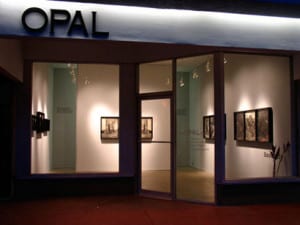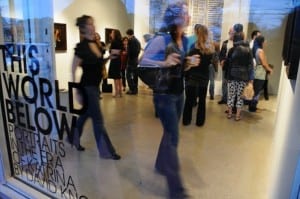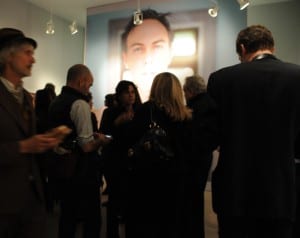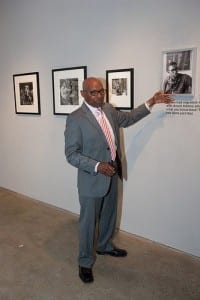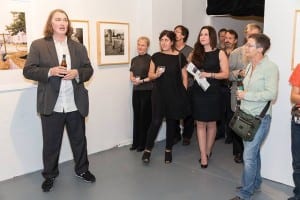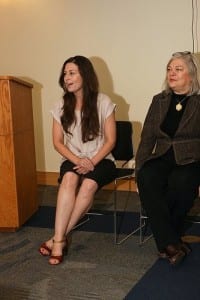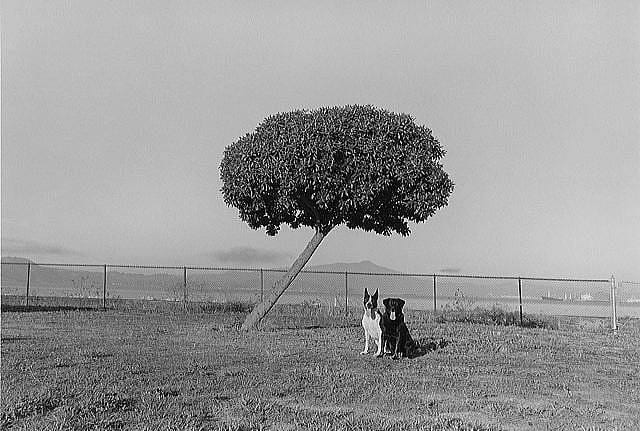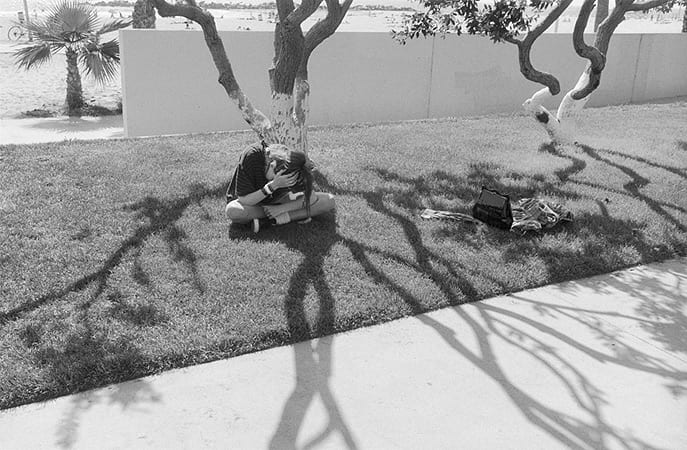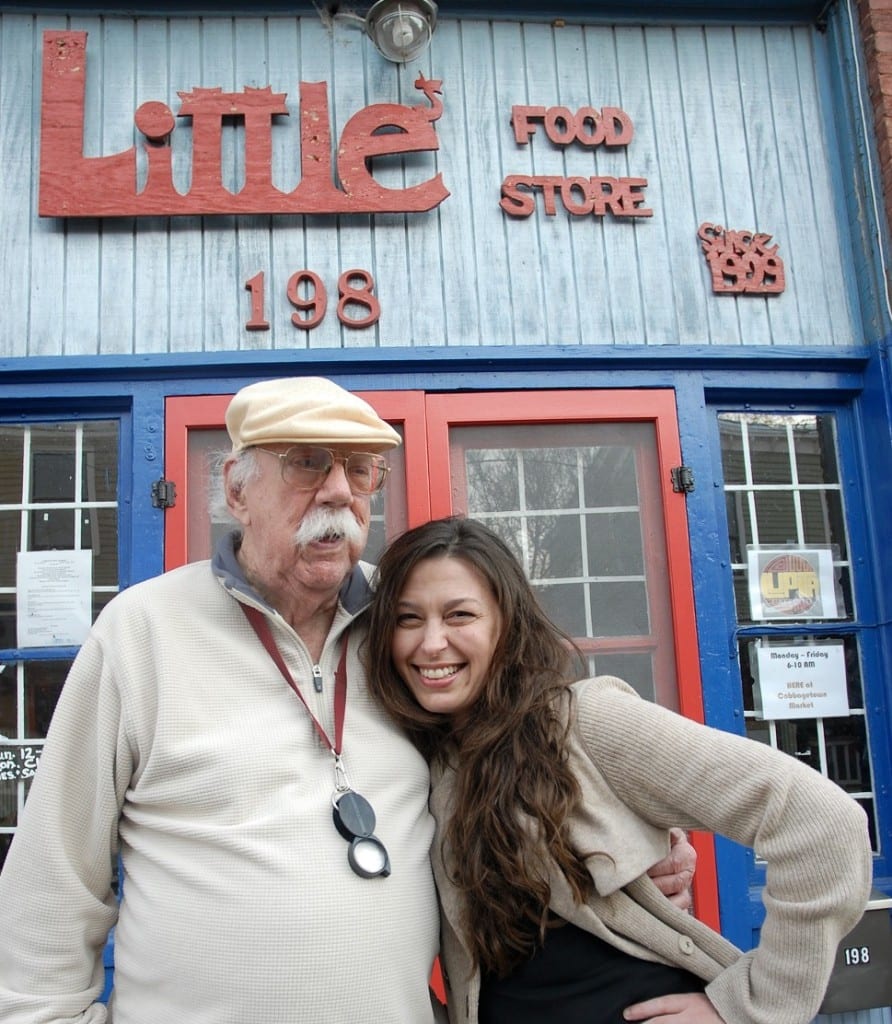
Nancy McCrary: In 2010 you co-edited Oraien Catledge Photographs with the author Richard Ford. How did you become acquainted with Oraien, and what was your experience editing a book of photographs by a living artist?
Constance Lewis: I came across the Cabbagetown book while I was living in the Cabbagetown home of my friend (and former SFAI classmate) photographer Dave Knox. I was seduced by those black-and-white portraits of mill families because they felt intimate and refreshingly devoid of sentimentality. Years later when Oraien was honored with the Mississippi Institute of Arts and Letters Award for his photography, juror Mary Ellen Mark, wrote in her statement, “Oraien Catledge surely loves what he does and loves the people he photographs. He sees all humanity in his own clear, honest and beautiful way.” To my knowledge, the two had never met in person, but Mark gleaned this description of Oraien quite accurately from his work.
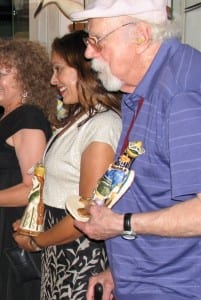
The first time I went to Oraien’s studio, I was simultaneously captivated by his Cabbagetown stories and imagery, and frustrated over how the photographs were hidden away – precariously stored in a damp, dark Southern basement. I didn’t know at the time, but it was only the beginning of a multitude of visits filled with conversations, cataloguing and cajoling that eventuated in the Oraien Catledge: Photographs book.
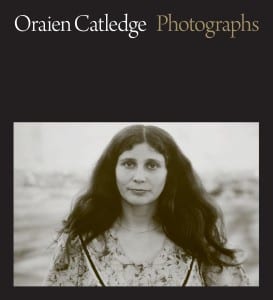
It was a privilege working with Oraien. I am grateful for that opportunity. He approached photography with a pure, uncompromising passion for his subjects. He also possessed a great sense of urgency in making his images and was unfazed by physical limitations or boundaries. I remember fondly how he would often say, “I just took the picture I wanted to take; I didn’t know that there were any rules to be broken.”
NM: You now live in Houston, and have sung the praises of this city to me on more than one occasion! What is the photography scene like in Houston these days? What’s the collector scene like?
CL: Houston is undeniably an important center for the visual arts and historically has been host and muse to great photographers like Geoff Winningham and Garry Winogrand. I moved to Houston from San Francisco. My first stop when I arrived was the Menil Gallery – it was assuring. The Menils set the bar high for philanthropy in Houston. A little know fact is that Henri Cartier-Bresson photographed Houston. I’d read that he was commissioned by Dominque de Menil to photograph evidence of cultural and economic growth in the late 1950s and 60s.
I’m still discovering the place, but am quite interested in the great variety of galleries and non-profits that are dedicated to supporting local art. My impression is that art photography continues to be encouraged and sought after by Houston collectors. Additionally, the Fotofest biennial continues to bring an international audience of photographers, scholars, and enthusiasts. Not to mention it’s fairly close to New Orleans and not terribly far from Atlanta.
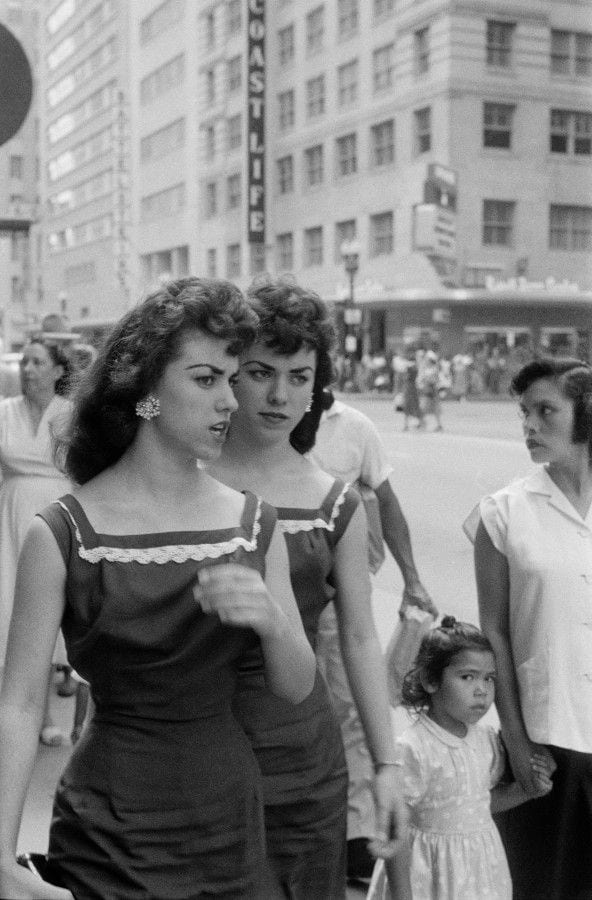
NM: There may be a new gallery on the horizon for you. And some of us may have gotten a taste of what’s in store with the recent exhibition you curated at Marcia Wood Gallery in Atlanta, Bold: (Feminine). Tell us what you can about your plans for Houston.
CL: Marcia and I have discussed possible expansion into another market. A rapidly growing professional population in Houston makes for an interesting opportunity for a reputable gallery to establish and re-identify within the local art scene. I’m personally interested in promoting photography within a broader context: more specifically, in exploring how photography exhibitions can be integrated with other media. Marcia is receptive to integrating new ideas within her program that challenge the distinctions between art photography and conceptual art. Curating the exhibition Bold( Feminine) was a wonderful opportunity to experiment with these ideas.
NM: Who is your inspiration, past or present?
CL: Photographer Henry Wessel, my good friend and mentor who introduced me to a world of photographic possibilities. My early years as a student at the San Francisco Art Institute, within a photography program conceived and developed by a star-studded cast of artists including Ansel Adams, Minor White, and Dorothea Lange among others, was intimidating. My photographic projects would often end up in an insufficient pile of a darkroom floor. Hank encouraged me to work outside this kind of everyday self-consciousness that afflicts us all. He not only taught me skills I needed to pursue my place within the world of photography, but gave me the “permission” I needed to orchestrate my craft within my own world. Through his own artistic practice, he challenged me to really look at what a picture described – something that had tremendous influence on all of my curatorial work.
NM: If you could go back 20 years, but knowing what you know today, is there anything you would change? And, if so, what?
CL: I believe that we do our best creative work within the restless curiosity of possibilities. I wouldn’t change a thing.
Nancy McCrary
Nancy is the Publisher and Founding Editor of South x Southeast photomagazine. She is also the Director of South x Southeast Workshops, and Director of South x Southeast Photogallery. She resides on her farm in Georgia with 4 hounds where she shoots only pictures.


